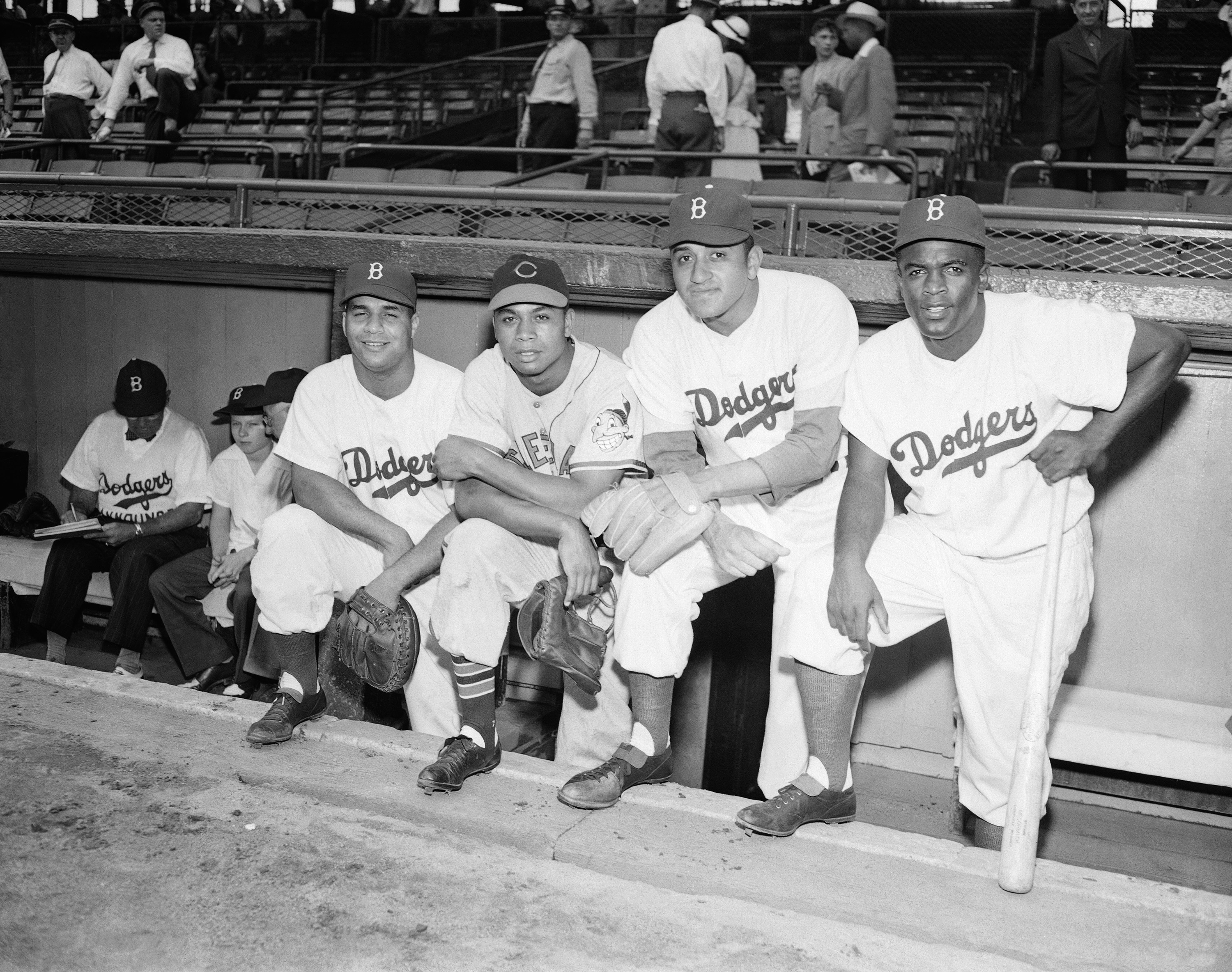Happy Birthday to Dodgers great Roy Campanella

Which is the Roy Campanella to write about in his birthday month? Is it the Campanella, who as a disabled individual, became an invaluable mentor to so many young ballplayers, especially catchers? Is it the Roy Campanella whose Hall of Fame Career made him an indelible memory for baseball in general and Brooklyn in particular? Or should it be Campenella the person, whose mild-mannered personality coupled with his never-stop work ethic in large measure made everything else possible? The answer is the challenge this writer faces as he tries to do justice to a man and ballplayer who meant so much to him when he was a kid.
Let’s start with a taste of the stats that can be summed up in one word: great.
Campanella played for the Dodgers from 1948 through 1958 as their regular catcher. While he had several numbers on his back, he finally settled on number 39, the number forever associated with him.

Brooklyn Boro
View MoreNew York City’s most populous borough, Brooklyn, is home to nearly 2.6 million residents. If Brooklyn were an independent city it would be the fourth largest city in the United States. While Brooklyn has become the epitome of ‘cool and hip’ in recent years, for those that were born here, raised families here and improved communities over the years, Brooklyn has never been ‘uncool’.